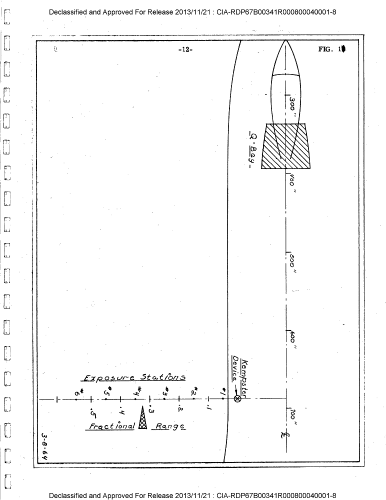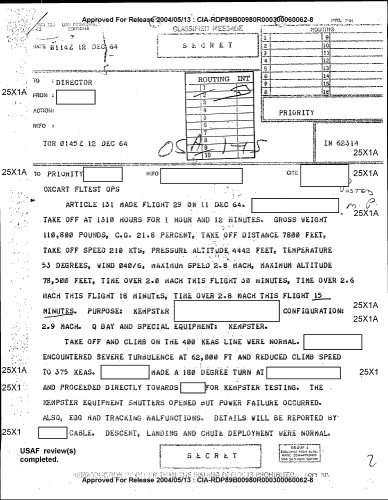Kiwiguy said:
I would have thought the reason for ejecting plasma ahead of the inlets is to dissipate sonic shockwaves. Isn't this more in concept like the splitter boards which F-4 Phantoms had next to their inlets to separate the boundary layer from shockwaves ?
Just fumbling with ideas here but I don't buy the stealth cloud of electrons gobbldegook
I think you are mixing two concepts here, and getting confused.
It's very easy to do.
These guys are talking about the radar reflecting/absorbing properties
of plasmas. And using plasmas to effect the RCS of an aircraft in flight.
You are thinking of electrifying the air ahead of an aircraft to say
negative, and then placing the same charge on the aircraft. Such an e-field
travels at the speed of light, which is certainly faster than some much slower,
but even high mach number, and therefore the air starts to move away from the
path of the aircraft before the aircraft gets there and thus the shock wave
the aircraft fuselage causes is less strong. Some of these ideas also generate
plasmas ahead of the aircraft.
Successful experiments at very low mach numbers, using this idea have been
done at Northrop using electrostatic fields. But these were
long ago. The tech was in its infancy when it was cancelled.
Now as far as the F-4's splitter boards are concerned you
are bringing up a 3rd different technology.
Yes those boards on the F-4 are actually inlet ramps that
move and form a ramp that causes a shock wave to pressurize
the air before it goes into the F-4's inlet. It also has
a boundary layer bleed in it to get rid of the boundary layer
on the ramp itself and the ramp is set away from the F-4's
fuselage so that the boundary layer of the F-4's fuselage
doesn't get sucked into the F-4's inlet as well. This
function doesn't have anything to do with the previous
two techs we mentioned, namely the RCS properties of
plasmas, or using electrical fields to reduce mach number
the fuselage sees. However, if you can ionize the inlet
air you can obviously then use things like magnets on
board the aircraft to direct the air anyhere you want it to
go as far as the aircraft is concerned. So there has been
some research into this where instead of an inlet ramps,
and cowls, that are physical devices, we have instead magnets
that essentially do the same thing, but without the physical
presence of an ramp or cowl. This is nice because there would
be no high temperature impact on a real physical ramp or
cowl to worry about. So this is technoloigy 3. This tech
development is also very early, but some leading researchers
have been spending time on it.


